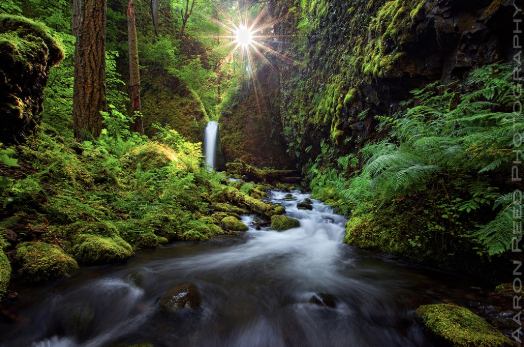Dr. John Rex spoke on “Small streams and big dreams: watershed management challenges ahead.” To begin, he talked about the challenges we face in watershed management, which have most recently been the spruce beetle and drought. He then went into talking about his research on small streams. A small stream was defined as 3 meters or less in bankfull width. He talked about S3, S4, and S6 stream designations and how S4 and S6 streams had no mandatory buffers in BC.
Dr. Rex spoke on how it is important to manage our small streams because they are the basis for larger streams with recreational activities such as fishing. They are provide biological habitat and are a migratory path for birds in some cases.
When introducing the topic of logging and how that would coincide with small streams, Dr. Rex talked about two main management goals. One was to maintain 50-70% of the background shade over streams. This would control stream temperature and prevent spikes in temperature, maintaining biological habitat. Another goal was to preserve Large Woody Debris (LWD). I found it interesting that different species of trees provided more shade than others based on how close together the branches were, how many there were, etc.
Dr. Rex found that after logging, shade has recovered to pre-harvest conditions. However, even with the same shading over the stream, stream AND air temperature still increased. It turns out a multi-storied stand and simplified canopy provide the “same” amount of shade, but the ambient temperature is warmer yet and therefore, stream temperature increases, as well. Finally, Dr. Rex found a 60% decrease in Large Woody Debris, which will ultimately result in a loss of habitat.
Dr. Rex was a very engaging speaker and he presented his research in an easy-to-follow format. I also liked the jokes he added every once in a while. I conducted similar stream surveys this past summer and was therefore very interested in his work. We looked at the stream habitat and diversity at old mining sites. Like he said, it was fairly easy to tell the difference between a mined (or in this case logged) site and a natural area. If he were to do some restoration on these sites, I would suggest transplanting since seedlings typically don’t do as well.
I would find it interesting to look at some of these sites in the future to find out if there has been erosion and loss in biological diversity. This is hard to quantify, but a stream assessment similar to the one I did in Alaska may detect changes in habitat. Finally, I’m not sure how to quantify this, but I have noticed that major streams in logged areas tend to get “blown out” much quicker; the stream rises faster than usual and has less visibility than it used to have when there is a rain event. This may affect migrating fish and their spawning grounds.


Recent Comments